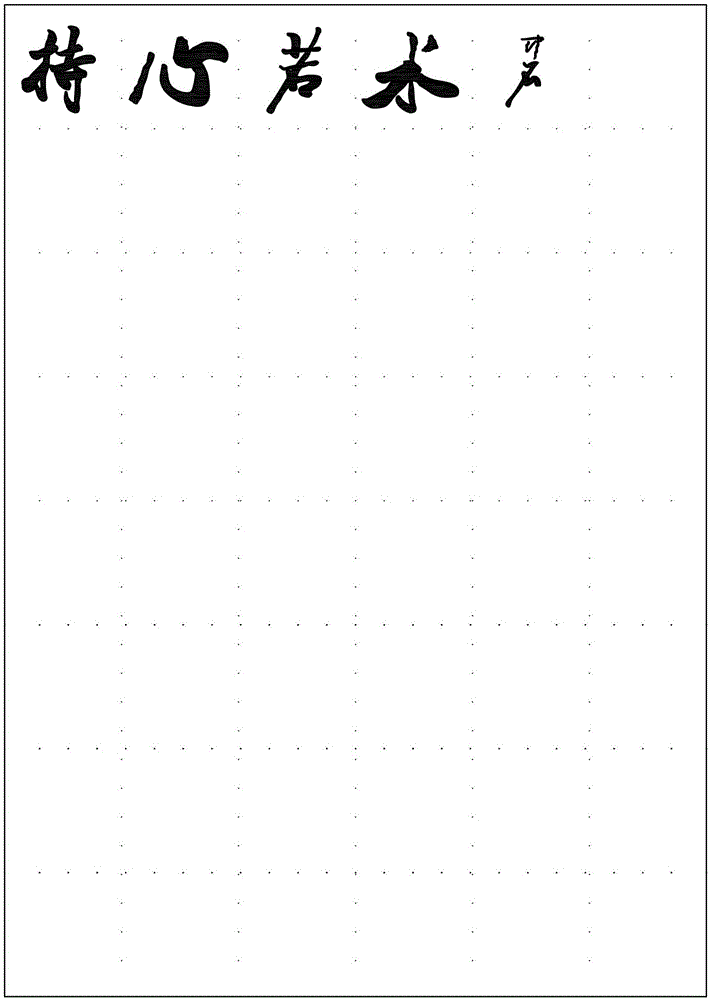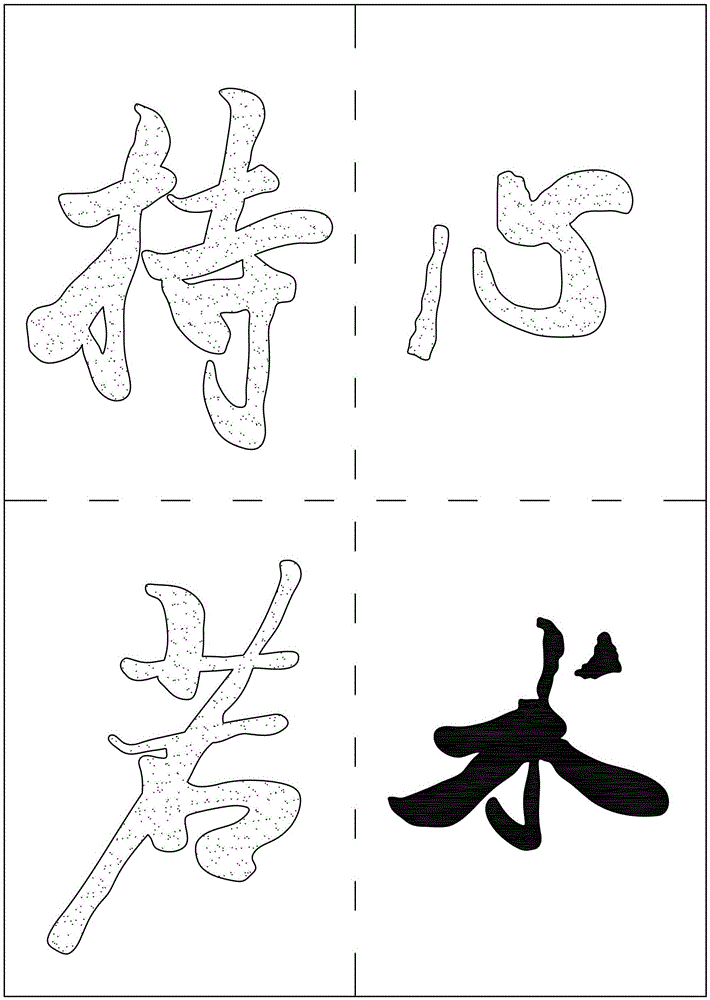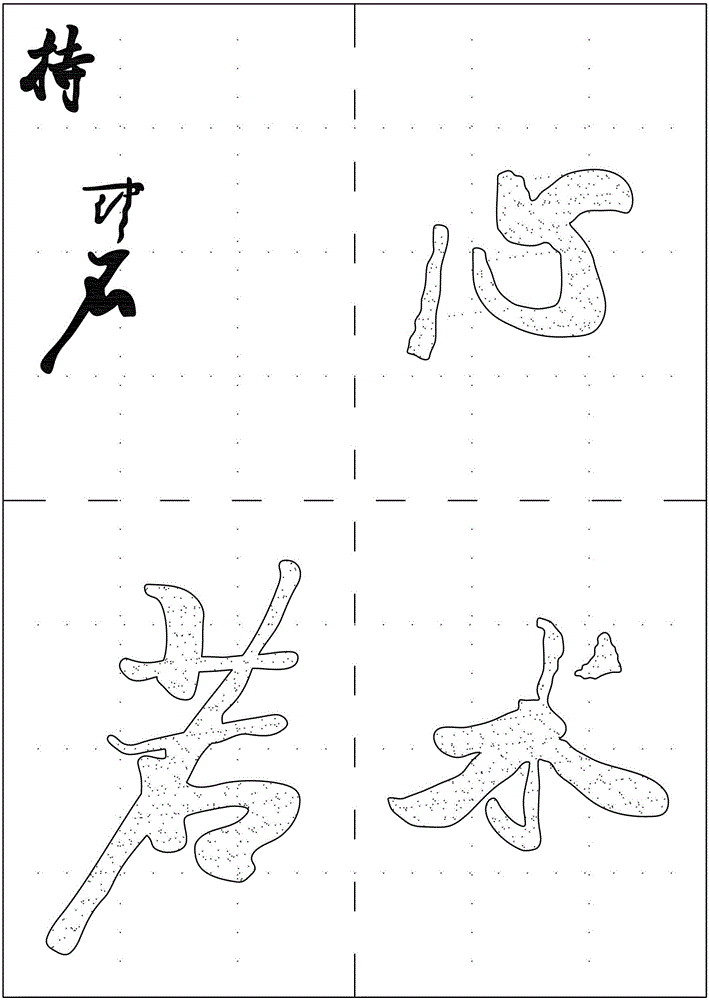Original handwriting information collection and display method of handwriting input device
An input display and handwriting input technology, applied in the input/output process of data processing, character and pattern recognition, instruments, etc., can solve problems such as inability to compare the feeling of writing, inability to refer to previous characters, and affecting input speed, etc., to achieve Reduce information collection errors, facilitate follow-up processing, and improve accuracy
- Summary
- Abstract
- Description
- Claims
- Application Information
AI Technical Summary
Problems solved by technology
Method used
Image
Examples
Embodiment approach 1
[0047] Implementation mode one: if Figure 1-6 As shown, the original handwriting information acquisition and display method of the handwriting input device of the present invention comprises the following steps:
[0048] (1) N input display areas and M row display areas are divided on the handwriting screen by coordinates, and each row display area is divided into W display grids, wherein M, N, and W are all positive integers greater than 1;
[0049] (2) Collect the handwritten input information of each stroke in the input display area with stroke input—record the coordinates of each point that each stroke passes through, and record the time sequence of each point across, and save each stroke as An xml string in svg format, display the stroke in the input display area, and make the following judgments;
[0050] 1. Determine whether the stroke vector is an effective stroke vector, if so, save the stroke vector and its writing time; otherwise delete the stroke vector and its w...
Embodiment approach 2
[0065] Embodiment 2: If a certain stroke spans two or more input display areas, divide the stroke into each input display area it passes through, and at the same time use the first written stroke part as the last stroke of the current word, and with it The connected part is regarded as the starting stroke of the next character. The remaining steps and methods are as described in Embodiment 1.
Embodiment approach 3
[0066] Embodiment 3: Select the original handwriting for recognition, the system converts each stroke vector set into a system font one by one, and asks the operator to proofread, and then the operator proofreads the converted text and saves it as a system font.
[0067] When performing system text conversion, if the original handwriting translation software does not have a stroke vector font library, a stroke vector font library should be established first.
[0068] Save each stroke as an xml string in svg format; the combination of the xml strings in svg format of each stroke of each word constitutes the stroke vector set of the word, and the stroke vector set is combined with the original handwriting translation software (such as Hanwang, etc.) Compare the stroke vector sets of each character in the stroke vector font library, and call out the character with the same vector information, so as to translate the handwriting into system characters, and the remaining steps and me...
PUM
 Login to View More
Login to View More Abstract
Description
Claims
Application Information
 Login to View More
Login to View More - R&D
- Intellectual Property
- Life Sciences
- Materials
- Tech Scout
- Unparalleled Data Quality
- Higher Quality Content
- 60% Fewer Hallucinations
Browse by: Latest US Patents, China's latest patents, Technical Efficacy Thesaurus, Application Domain, Technology Topic, Popular Technical Reports.
© 2025 PatSnap. All rights reserved.Legal|Privacy policy|Modern Slavery Act Transparency Statement|Sitemap|About US| Contact US: help@patsnap.com



